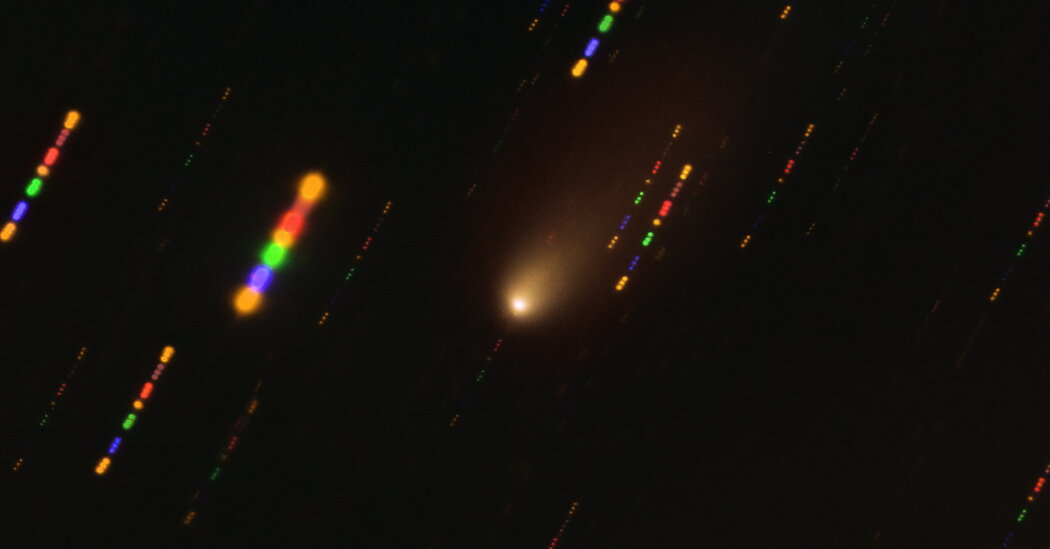Military Memo Adds to Possible Interstellar Meteor Mystery
While many — including the two Harvard astronomers — have interpreted Space Command’s statement to NASA as confirmation that the meteor is interstellar, some astronomers believe more data is needed to back up the claim. The available measurements, they say, lack error bars that indicate how precise or uncertain they were.
“The sentence is not enough. Scientific results are published, they are not secret,” said Maria Hajdukova, a researcher at the Astronomical Institute of the Slovak Academy of Sciences in Slovakia who studies meteors and examined the Space Command corroboration. “I’m not saying I don’t believe it, but if I don’t have facts I cannot claim it,” she added.
NASA said in a public statement this month that “the short duration of collected data, less than five seconds, makes it difficult to definitively determine if the object’s origin was indeed interstellar.”
“Quite frankly, we can’t confirm that it’s interstellar,” NASA’s planetary defense officer, Lindley Johnson, said in an interview. “Although it is of high velocity, a velocity that could be potentially interstellar, it is next to impossible to confirm that it’s interstellar without accompanying data — from a longer data span or data from other sources, which doesn’t exist in this case.”
Dr. Loeb and Mr. Siraj disagreed. “Five seconds is plenty of time,” Dr. Loeb said. “It’s not the duration that matters, it’s the quality of the data that was assembled that matters. During five seconds you can do a lot, in terms of instrumentation and measurement.”
He and Mr. Siraj plan to resubmit their paper to The Astrophysical Journal Letters. And the data about the 2014 meteor now coming from the military agency may help their argument, said Peter Veres, an astronomer at the International Astronomical Union’s Minor Planet Center, which tracks objects in the solar system.
That data shows an unusual sequence of three explosions of light as the object was barreling through Earth’s atmosphere. “It looks weird, I can tell you that,” Dr. Veres said, noting that the brightness of meteors during their plunge typically peaks only once.
Check out our Latest News and Follow us at Facebook
Original Source







